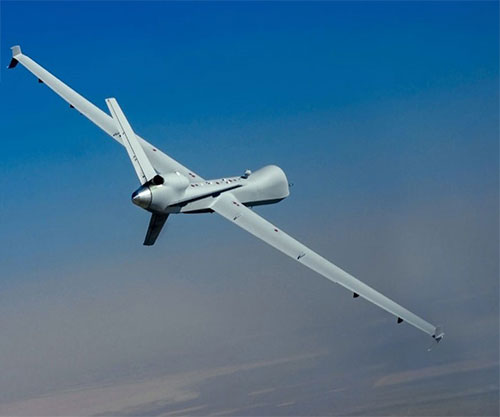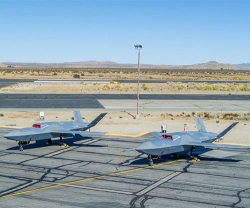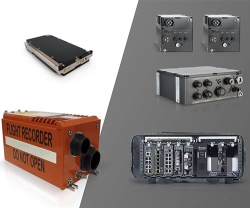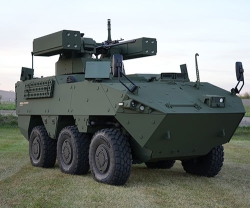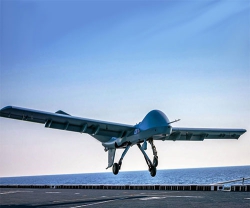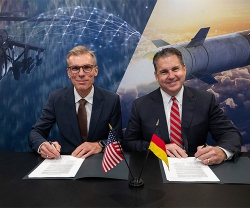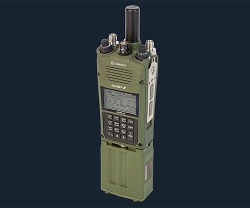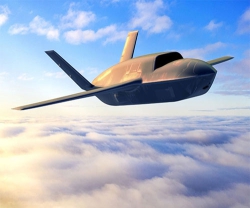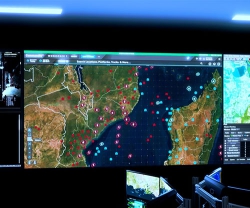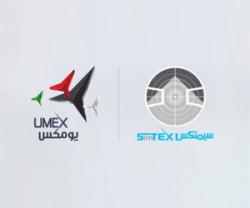General Atomics Aeronautical Systems, Inc. (GA-ASI) is working with the U.S. Marine Corps (USMC) on a series of Service-Level Training Exercises (SLTE) using a company-owned MQ-9A Unmanned Aircraft System to support the Marine Air-Ground Task Force Training Command (MAGTFTC).
The SLTE 2-23 is being conducted near Twentynine Palms, California. with participation from Joint Forces. The training ensures participants are prepared for the future dynamic environment.
Contracting the use of MQ-9A enabled USMC to begin integrating Group 5 unmanned aircraft into the Marine Air-Ground Task Force for the first time within the various exercises. GA-ASI began flying the MQ-9A on February 3, 2023, with a combination of GA-ASI and VMU-3 pilots and sensor operators. The aircraft flew out of GA-ASI’s facility at the Yuma Proving Ground, Arizona, with flights over training ranges in Southwest-Continental United States (CONUS). The MQ-9A is providing its proven Intelligence, Surveillance and Reconnaissance (ISR) data package - including GA-ASI’s Lynx® Multi-mode Radar - to provide the USMC with extraordinary situational awareness and simulated close air support.
“GA-ASI is always ready and willing to support the USMC exercises,” said GA-ASI Vice President of DoD Strategic Development, Patrick Shortsleeve. “We know that being able to utilize an actual MQ-9A is critical to the success of these exercises and helps the USMC ramp-up their training program.”
The SLTE Program consists of a series of exercises, including the live-fire Integrated Training Exercise (ITX), Marine Littoral Regiment Training Exercise (MLR TE), and Force-on-Force (FoF) MAGTF Warfighting Exercise (MWX). MAGTFTC executes the SLTE Program, which includes simulated and live-fire armed exercises, to enhance the readiness of the Fleet Marine Forces and support the Marine Corps’ responsibilities to national security.
GA-ASI was contracted by the USMC in 2022 to deliver eight MQ-9A Extended Range (ER) UAS as part of the ARES Indefinite-Delivery/Indefinite-Quantity (ID/IQ) contract.
In another development, on April 6, 2023, General Atomics Aeronautical Systems (GA-ASI) conducted live, tactical, air combat maneuvers using Artificial Intelligence (AI) pilots to control a company-owned MQ-20 Avenger® Unmanned Aircraft System. Collaborative maneuvers between human and AI pilots were conducted using GA-ASI’s Live, Virtual, Constructive (LVC) collaborative combat aircraft (CCA) ecosystem over a Low Earth Orbit (LEO) satellite communication (SATCOM) provider’s IP-based Mission Beyond Line of Sight (BLOS) datalink. The LEO SATCOM connection was also used to rapidly retrain and redeploy AI pilots while the aircraft was airborne, demonstrating GA-ASI’s ability to update AI pilots within minutes.
This marks the first deployment of a LEO SATCOM provider connections running on an operationally relevant unmanned combat aerial vehicle (UCAV) platform. The team used two L3Harris Technologies RASOR Multi-Functional Processors (MFPs) - one that housed the transceiver card and another that controlled the BLOS Active Electronically Scanned Array (AESA). The test aircraft was outfitted with a Ball Aerospace BLOS AESA system, capable of full duplex operation. The demonstration highlighted GA-ASI’s commitment to operationalizing CCA by fusing innovative future warfare technologies, such as GA-ASI’s AI pilots and LVC ecosystem, and L3Harris and Ball Aerospace BLOS datalink solutions.
“The flight demonstrated GA-ASI’s unmatched ability to fly autonomy on real, tactically relevant, unmanned combat aerial vehicles,” said GA-ASI Senior Director of Advanced Programs Michael Atwood. “It displayed effective BLOS Command and Control through the collaboration between three defense primes. This showcases our rapidly maturing CCA mission system suite and moves us one step closer to providing this revolutionary capability to the warfighter.”
GA-ASI leveraged its end-to-end CCA ecosystem for the flight that fused third-party capabilities, human-on-the-loop control, and autonomy to enable effective human-machine teaming for 21st century conflicts. Operator commands were captured via hands on throttle-and-stick (HOTAS) controls and were sent via LEO SATCOM to AI pilots running Reinforcement Learning (RL) algorithms.
AI pilots autonomously tracked and maneuvered around dynamically, and updated entities specified via HOTAS. Operators were provided updates from AI pilots on a cockpit heads-up display and could dynamically re-task via HOTAS as the mission evolved. In addition, data from agent performance was collected and sent to the ground where agents were retrained to improve performance, and then redeployed via LEO SATCOM in a matter of minutes.
This is another in an ongoing series of technology insertion and autonomous flights performed using internal research and development funding to prove out important concepts for UAS.
General Atomics Aeronautical Systems, Inc. (GA-ASI), an affiliate of General Atomics, is a leading designer and manufacturer of proven, reliable Remotely Piloted Aircraft (RPA) systems, radars, and electro-optic and related mission systems, including the Predator® RPA series and the Lynx® Multi-mode Radar..
With more than seven million flight hours, GA-ASI provides long-endurance, mission-capable aircraft with integrated sensor and data link systems required to deliver persistent flight that enables situational awareness and rapid strike. The company also produces a variety of ground control stations and sensor control/image analysis software, offers pilot training and support services, and develops meta-material antennas.

